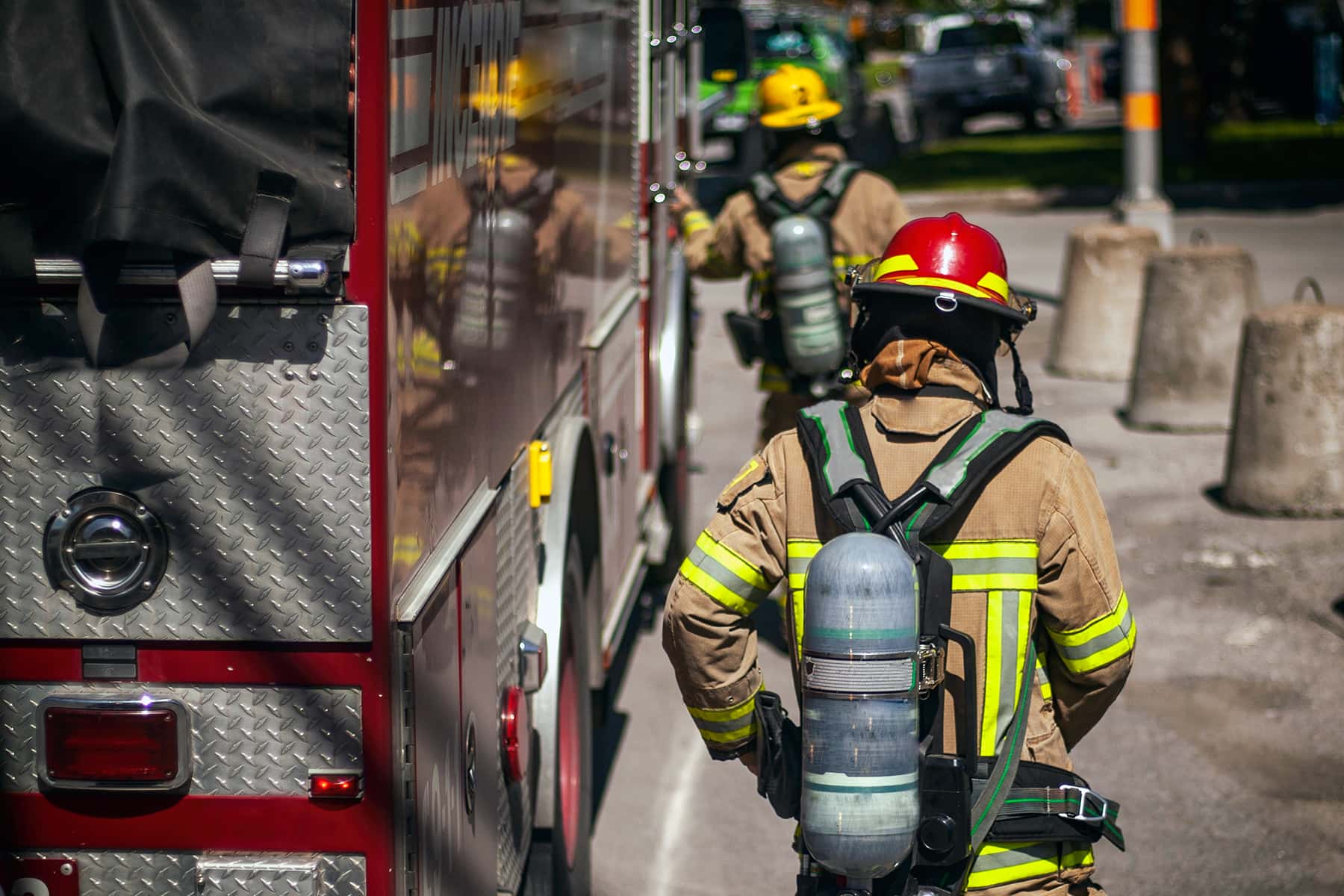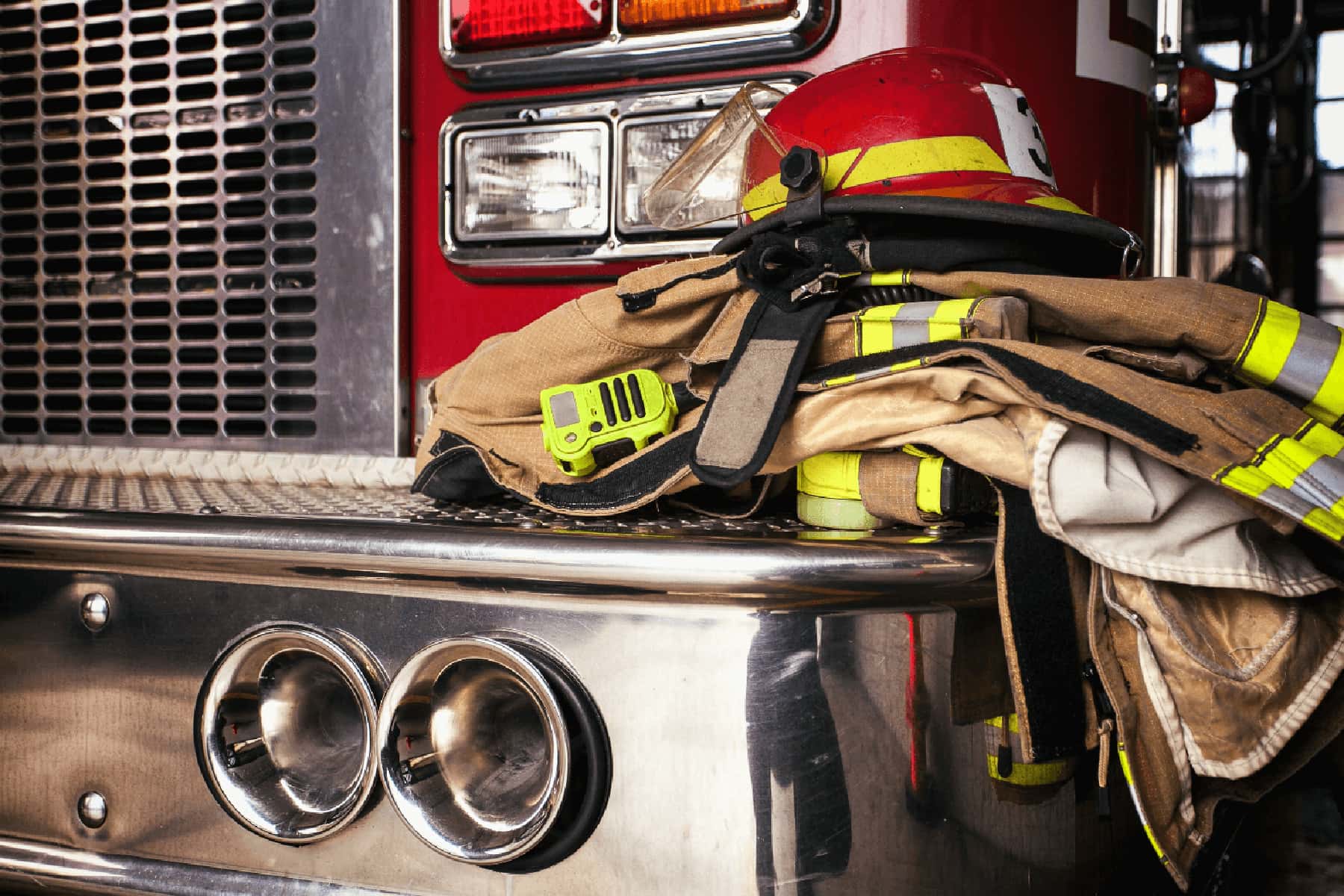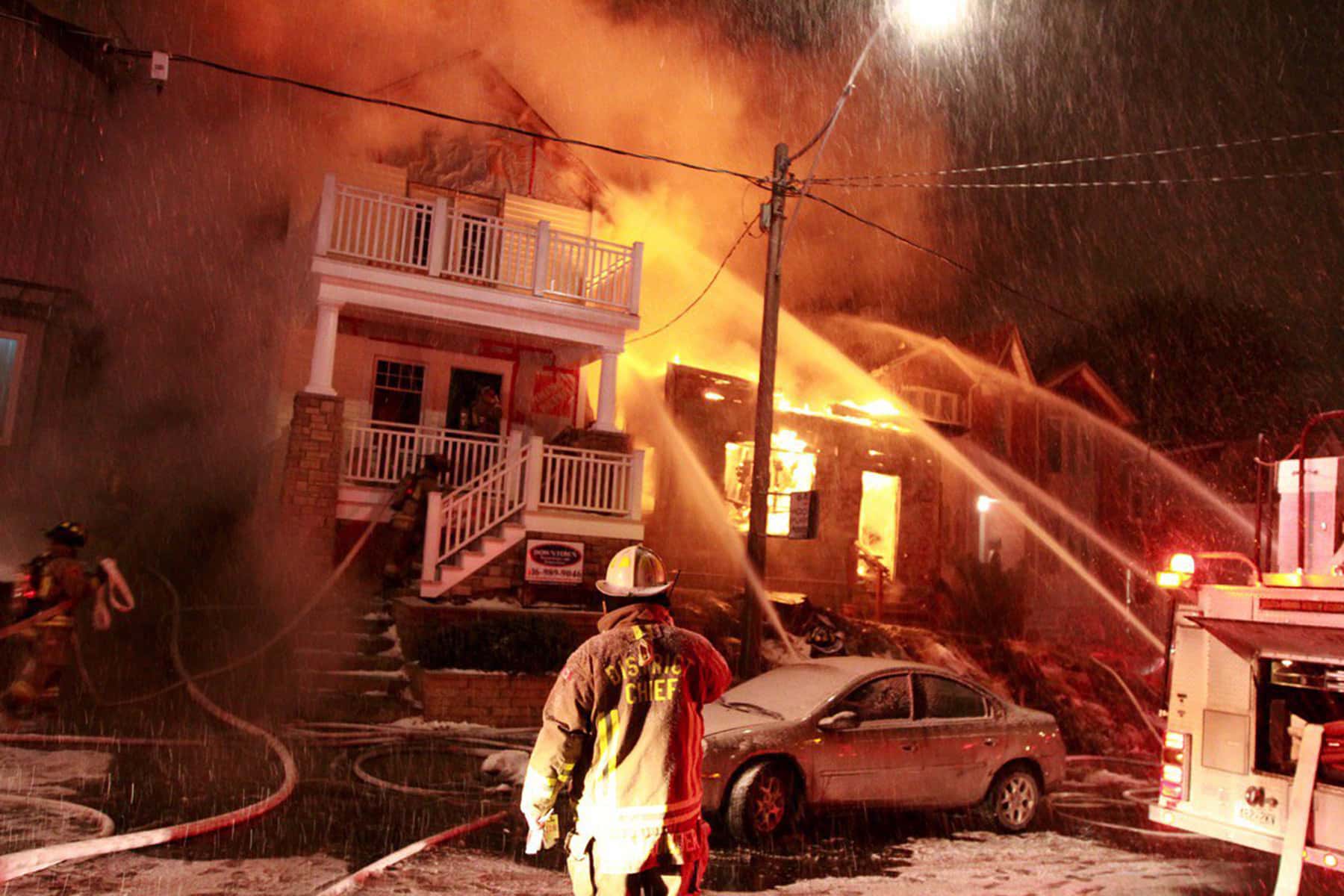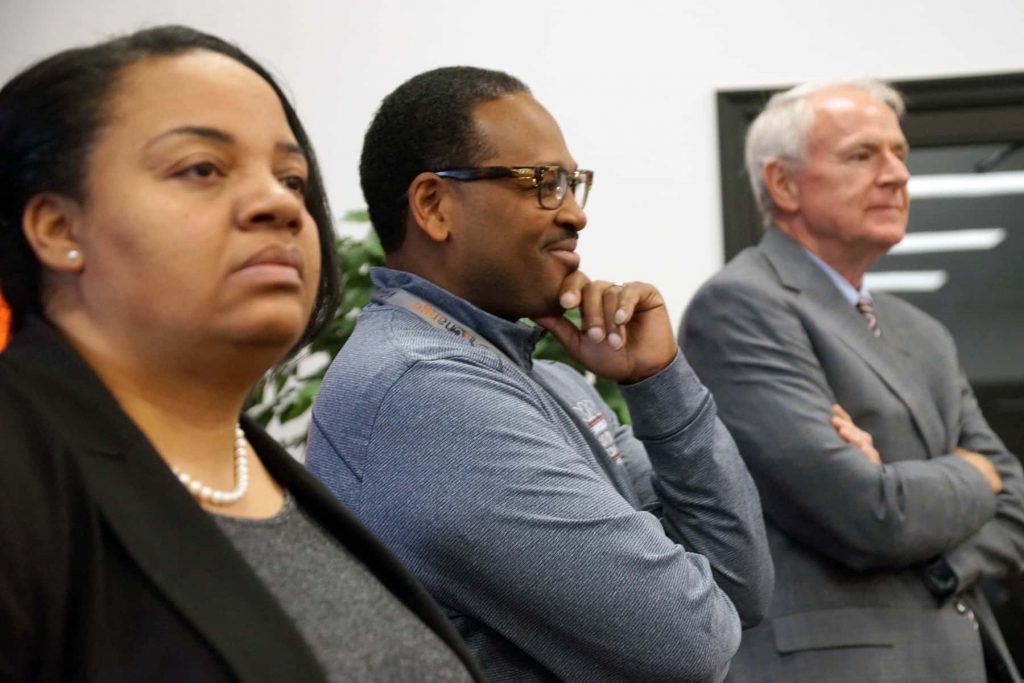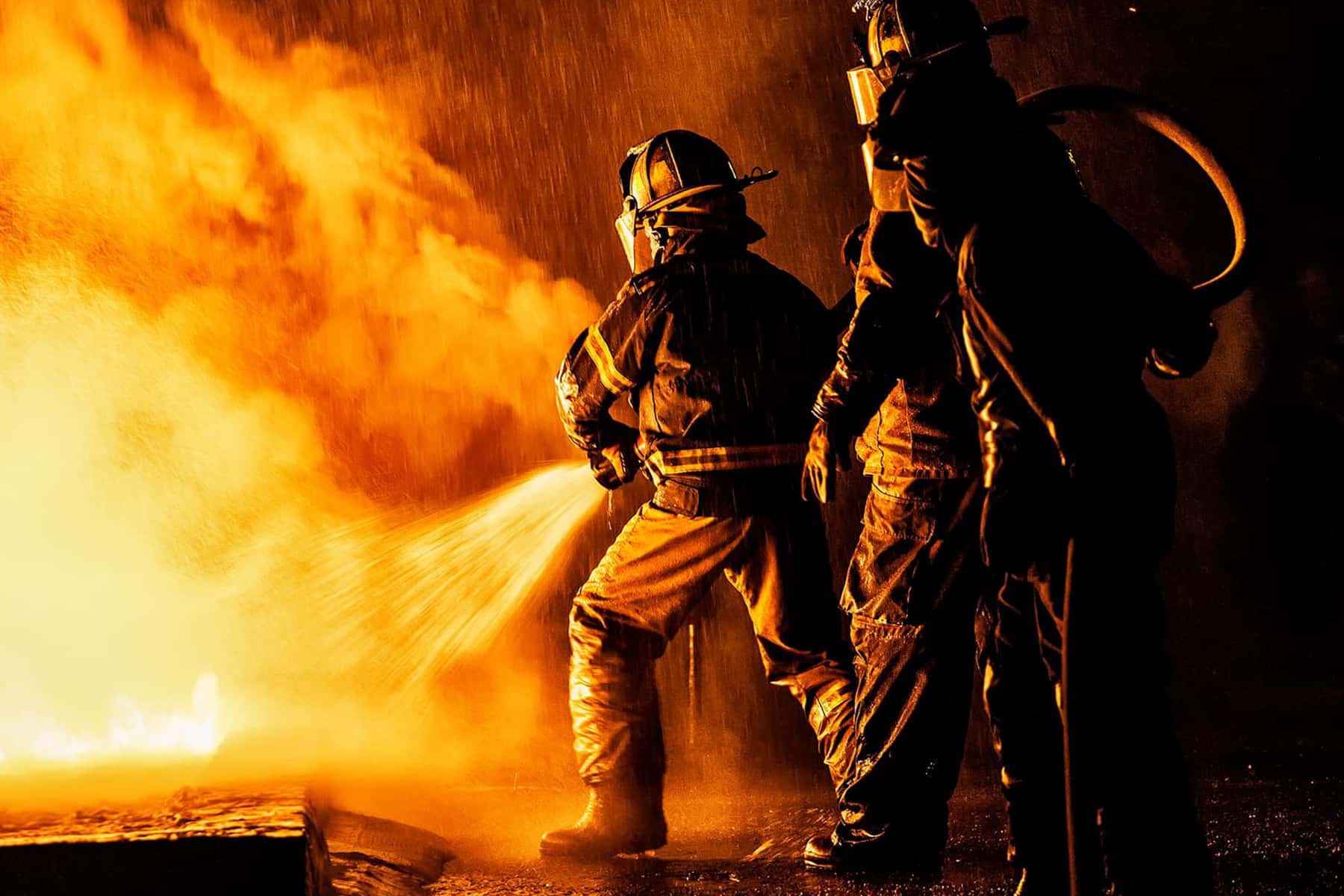
During a virtual community meeting hosted by the Milwaukee Fire and Police Commission late last month, Aaron Lipski, acting chief of the Milwaukee Fire Department, sounded alarm bells of his own.
“We’re way, way extended beyond what our core missions are,” said Lipski, a fourth-generation firefighter who assumed the helm of the department in October when former chief Mark Rohlfing retired. “Because of structured obligations, we had to drop back from 30 to 29 engines to protect the 96 square miles of the city of Milwaukee.”
Although the Milwaukee Fire Department budget was increased by $7 million in 2021, compared with the previous year, the additional funds had to be used to cover an increase in the fringe benefit rate and not for operations. As a result, the city closed one fire station.
“We’re trimming expenses in every place we can,” Mayor Tom Barrett said during his 2021 Executive Budget address in September.
The Milwaukee Fire Department made the tough decision to close Station 17, located at 4653 S. 13th Street, on December 26. In addition, 15 positions were eliminated through attrition, Lipski said. The move saved the city nearly $2 million dollars but put more pressure on a department that’s been spread increasingly thin over the past few years. Seven fire stations have been closed in the city since 2018, four located on the South Side.
According to data from annual Milwaukee Fire Department reports, Station 17 made 1,607 runs in 2019, providing basic or advanced life support or responding to fires. That was up from 1,600 in 2018 and 1,545 in 2017. Those totals do not include responses in that area by paramedics. In total, the Milwaukee Fire Department answered 70,461 emergency medical services calls and 22,568 fire, rescue or service calls in 2019. Data for 2020 is not yet publicly available, but Lipski said it was the department’s busiest year ever.
“Resources declined, but calls for help have not been declining,” said Lipski, who reminded attendees of the community meeting that in addition to putting out flames, the department responds to all emergency situations. An increasing number of calls in 2020 dealt with violence, he said.
Other duties of the department include helping companies and community groups structure emergency responses, delivering smoke detectors to residents and other public services aimed at increased safety while decreasing reliance on the 911 system.
The department also is supporting COVID-19 vaccination efforts and serves as a key partner in the Milwaukee Overdose Response Initiative, also known as MORI. MORI, which also involves the Milwaukee Health Department, West Allis Community Medical Services, CleanSlate Milwaukee and Project WisHope, is an initiative in which personnel from the Milwaukee Fire Department and peer specialists head to homes or hospitals to try and convince individuals who nearly died from a drug overdose to seek help.
“The workload is through the roof,” Lipski said.
Other fire stations in the area have expanded their territory to cover ground previously served by Station 17, as has been the case with other closures. As a result, response times in the area surrounding Station 17 will be impacted, Lipski said in an email to NNS.
“Longer distances will need to be traveled by surrounding stations to get to the inner areas of what had previously been the area responded to out of Station 17. This translates to longer response times,” he said. “Our best predictive analysis shows that while there is an increase, there was not expected to be an extremely large increase, and we would still be able to respond within standards.”
Jennifer Wilson, who lives on the South Side, said she works with senior citizens and is worried about the impact the fire station closures will have on them and others.
“Sometimes they have accidents or emergencies that happen at home, and it’s the Fire Department who responds,” she said. “They run towards the danger while most of us run away from it, and those precious seconds could make all the difference in a critical situation.”
Lipski said the drop in resources and increase in demand is affecting his team’s morale.
“We have noted that we are seeing an increase in responder fatigue, compassion fatigue, and mental health concerns amongst our members,” he said, adding that the department will not lower its high standards.
“We are up to the challenge and the community can still expect the excellent care and skill they’ve come to expect from the MFD,” he said. “We are also looking for any means of reducing this strain on the shrinking resources.”
Edgar Mendez

